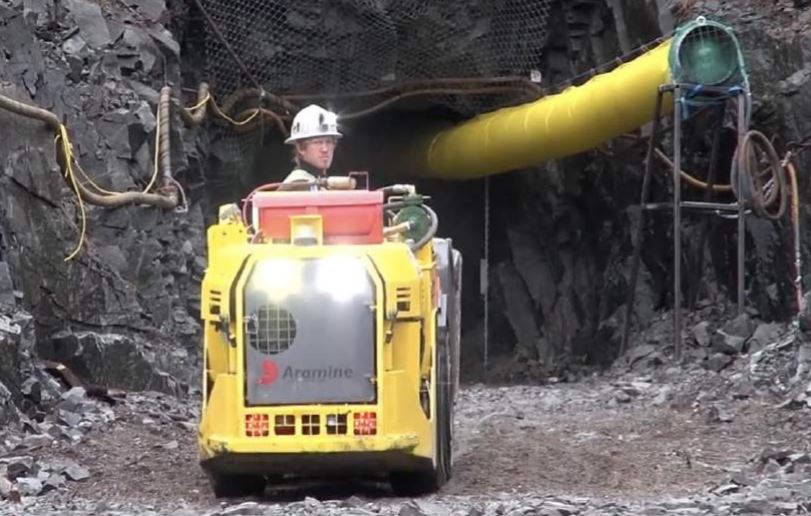Canada Cobalt reports exceptional silver grades

Canada Cobalt Works Inc. [CCW-TSXV; CCWOF-OTC, 4T9B-FSE] advanced in active trading Friday January 10 after the company said drilling has intersected more massive native silver grades at its Castle Mine property in northern Ontario.
The company said the latest results are from the Robinson Zone at Castle East, a new grassroots high-grade discovery located beside three former producers. Canada Cobalt said the second wedge hole returned 70,380 g/t silver (2,053 oz/ton) over 0.3 metres within a broader zone of 1.4 metres, grading 20,136 g/t (587 oz/ton) and 4 metres (core length) of 7,259 g/t (212 oz/ton).
The high-grade intersection in CA-19-08-02 is approximately 8 metres west of the mineralized zone intersected by the first wedge hole (430 metres vertical depth) and 17 metres west of the original discovery intercept in hole CA-11-08.
“These are truly exceptional grades from the first two holes and ‘hits’ that typically do not occur in isolation in this kind of geological setting,” said Matt Halliday, Canada Cobalt’s vice-president, exploration.
Canada Cobalt shares advanced on the news, rising 4.6% or $0.03 to 68 cents on volume of 359,821 shares traded. The shares are trading in a 52-week range of 25 cents and 71 cents.
The former cobalt and silver producing Castle Mine property is located 85 km northwest of the historic Cobalt silver mining camp.
Records show that over 9.5 million ounces of silver and 299,847 pounds of cobalt were recovered from the Castle Mine. That includes the 3.0 million ounces produced by Agnico-Eagle Mines Ltd. [AEM-TSX, AEM-NYSE], before a collapse in the price of silver prompted Agnico-Eagle to abandon the operation in 1989.
In a December 4, 2019, press release, Canada Cobalt said diamond drilling had commenced at Castle East for first-ever follow-up on the Robinson Zone high-grade discovery that was highlighted by a 2011 drill hole (CA-11-08)Â that cut 40,944 g/t silver over 0.45 metres within a broader core length of 3.1 metres grading 6,476 g/t silver .
This discovery, aided initially by geophysics and now supported by a high technology camera, is less than 2 km east of three prolific past producers in the Gowganda Camp – the Castle, Capital and Siscoe mines.
Those deposits were exploited along the shallow western margin of the productive Nipissing diabase that dips toward the very under-explored Castle East area, where Canada Cobalt is now targeting additional deposits, within and outside the diabase.
On Friday, Canada Cobalt said assays for cobalt, nickel and copper from CA-19-08-02 are still pending in addition to assays from 28 other samples from this hole. Assays for the full 4.65 strongly mineralized interval (core length) from hole CA-19-08-W01 are still pending (50,583.29 g/t silver over 0.60 metres within 1.5 metres of 20,741 g/t) in addition to results from 58 samples from the third and fourth wedge holes.
Meanwhile, drilling continues as the company aims to build out the discovery.
